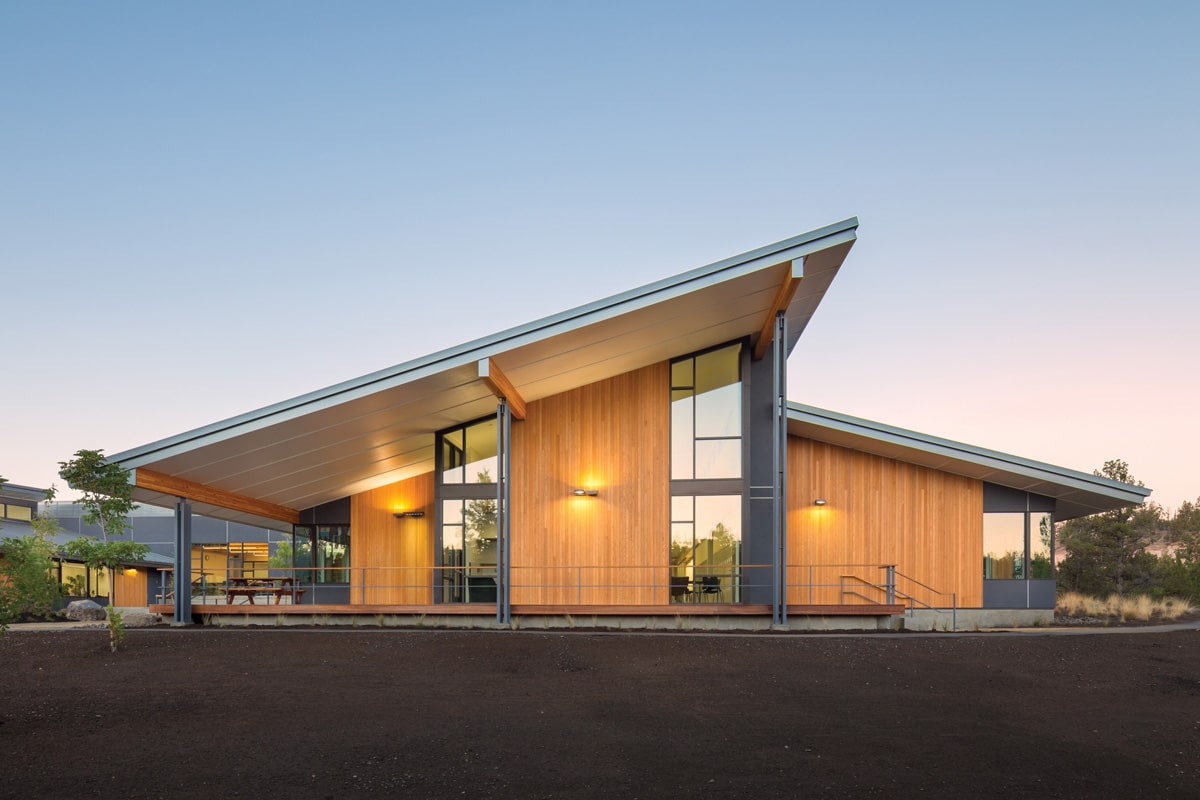Story at a glance:
- Cascades Academy in Oregon is nearly self-sufficient and fits within the natural trees and boulders onsite.
- Green building wasn’t the owner’s goal when replacing an outdated fire station, but architects made the path to net zero easy.
- The Yellowstone National Park Youth Campus used CLT construction and daylighting to design to Passive House standards.
Camilla Cok has been working to advance sustainability across projects since she arrived at Hennebery Eddy Architects in 2011.
As part of the firm’s sustainability committee, she and her colleagues host speakers and also speak themselves at conferences to further the dialogue.
“We create tools to help teams fully integrate sustainable strategies into the design process,” she says. “And we make sure our office is doing everything we can to reduce waste and be energy-efficient.”
The process, she says, has been invigorating, as Hennebery Eddy not only focuses on improving metrics for things like water and energy savings but also strives to have a positive effect in communities overall.
“It goes beyond some of those metrics,” she says, adding that recent projects address the community, place, beauty, and more human-centric side of sustainability. “That’s a very important piece to sustainable design.”
Cascades Academy
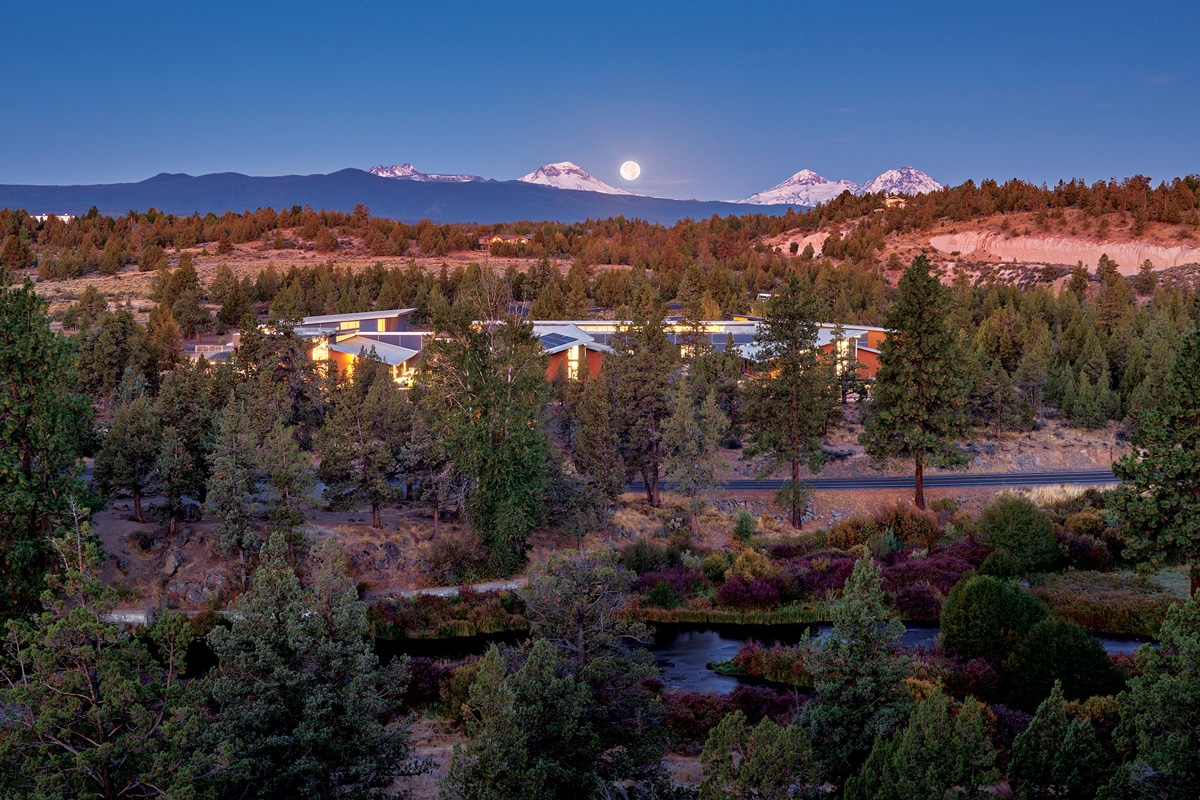
An aerial view of Cascades Academy. Photo by Alan Brandt
This private school just outside of Bend, Oregon was Cok’s first big project with Hennebery Eddy. Built in two phases, the second phase added on a third 11,600-square-foot wing and outdoor play area. Considering the school’s emphasis on experiential learning—field trips and nature are huge here, as are the arts—the team wanted to show its commitment to being good stewards of the environment.
“From day one the owner was committed to creating a school that would be sensitive and responsive to the natural landscape,” Cok says.
The Hennebery team used locally sourced materials inspired by the landscape, including cedar, and natural daylight was a huge part of the project. “As designers, this was an extremely exciting client to have—a client who also cares deeply about the environment and things we try to do on every project.”
The nearly self-sufficient building itself isn’t your average rectangle, either. “These three wings pull off of the main core running north-south,” Cok says. “They angle to fit amongst natural trees and boulders that were already on the site. Within each wing, the wing steps down as the landscape steps down to be as light as possible on the land.”

Inside Cascades Academy. Photo by Josh Partee
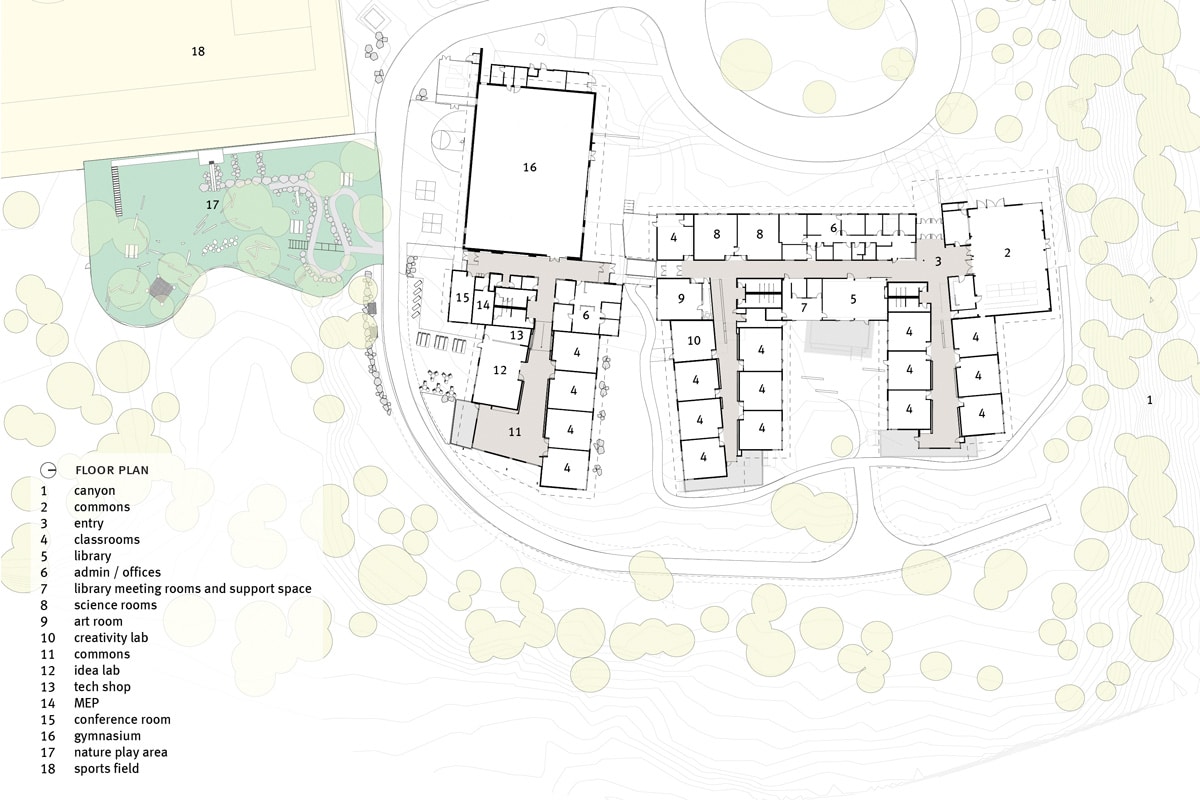
Courtesy of Hennebery Eddy Architects
Project: Cascades Academy Location: Bend, OR Completed: 2017 Size: 51,600 square feet Phase 1 Civil Engineer: D’Agostino Parker Phase 2 Civil Engineer: DOWL Structural Engineer: Walker MEP Engineer: Interface Engineering General Contractor: CS Construction Landscape Architect: Mayer | Reed Awards: Portland AIA award and IIDA
Clackamas Fire Station 16
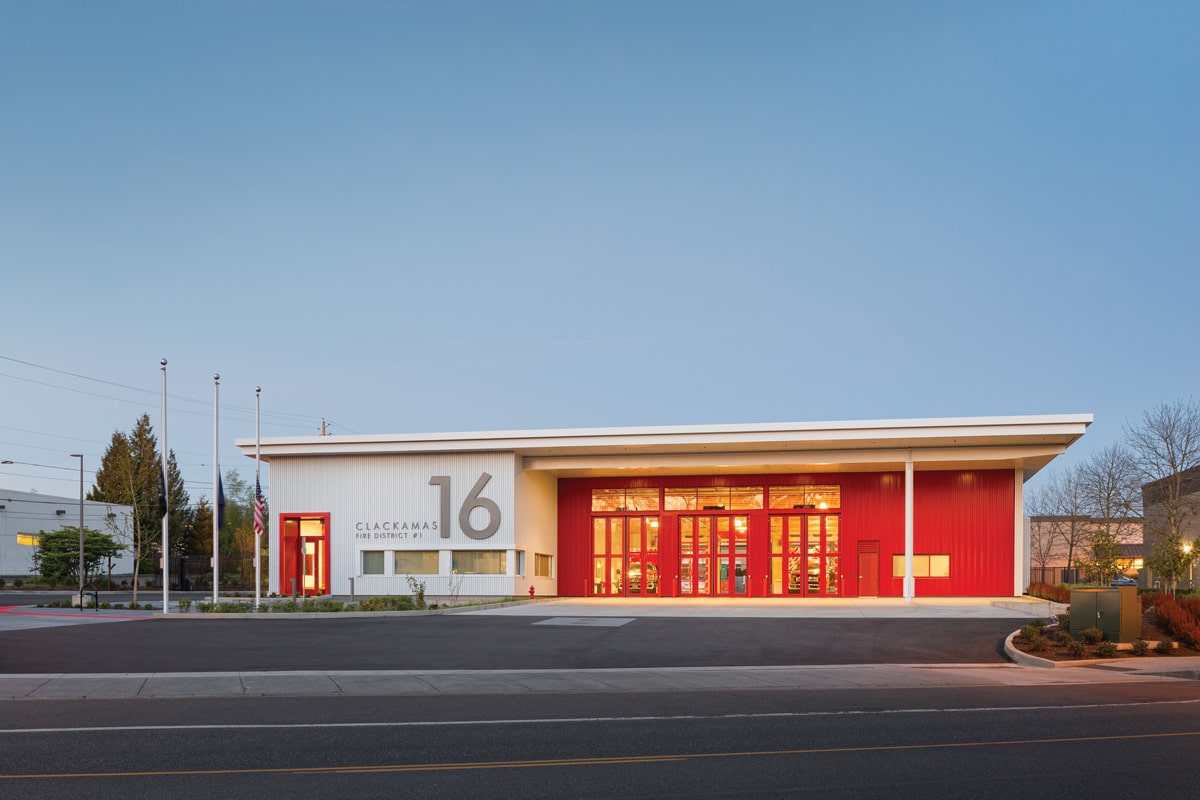
Photo by Josh Partee
When Cok and team set out to design this new fire station, they faced a unique challenge: Replace the outdated station (which also had mold issues) with something that could be used as a potential prototype for future stations.
“We wanted a design that would be flexible and accommodate any changes to operations and address issues of gender equality in fire station design,” she says. The firm also wanted to design something that would stand the test of time—and we’re talking about durability.
While the owner didn’t set out to build sustainably necessarily, a Path to Net Zero program from the Energy Trust of Oregon (a nonprofit essentially funded by utility companies) made it possible.
“It essentially incentivizes owners to pursue buildings that may go a little bit beyond your energy code baseline. And it gives owners cash incentives for doing this.”
Through that program the building was able to achieve a 70% better than national code average fire station. The project was awarded nearly $30,000 in cash incentives.
“They now own a building that will function so much more efficiently than your normal fire station and that will save them money going forward in their operational costs. It’s a win-win.”
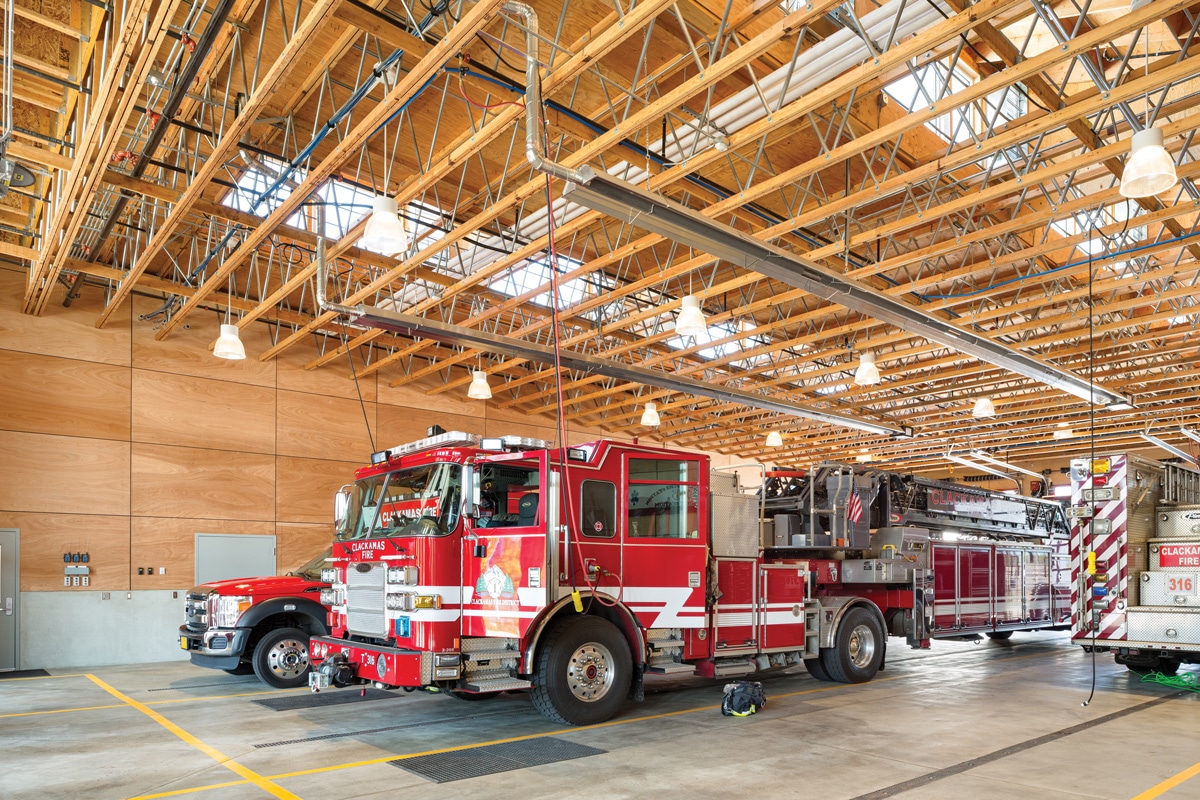
Photo by Josh Partee

Photo by Josh Partee
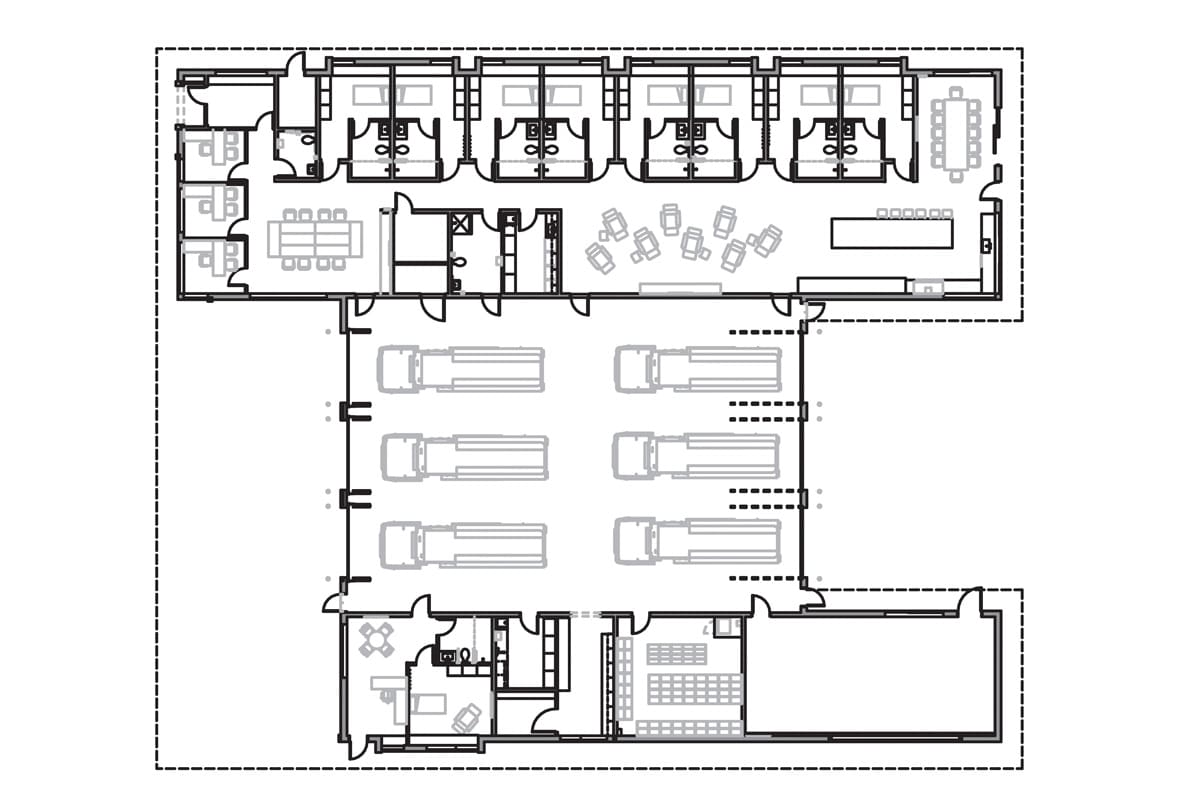
Drawing courtesy of Hennebery Eddy Architects
Project: Clackamas Fire Station 16 Location: Oregon City Completed: January 2019 Size: 12,700 square feet Civil Engineer: PACE Engineers MEP Engineer: Interface Engineering Structural Engineer: Nishkian Dean General Contractor: Emerick Construction Landscape Architect: Lango Hansen Sustainable Design Consultant: Sora Design Group
Yellowstone National Park Youth Campus
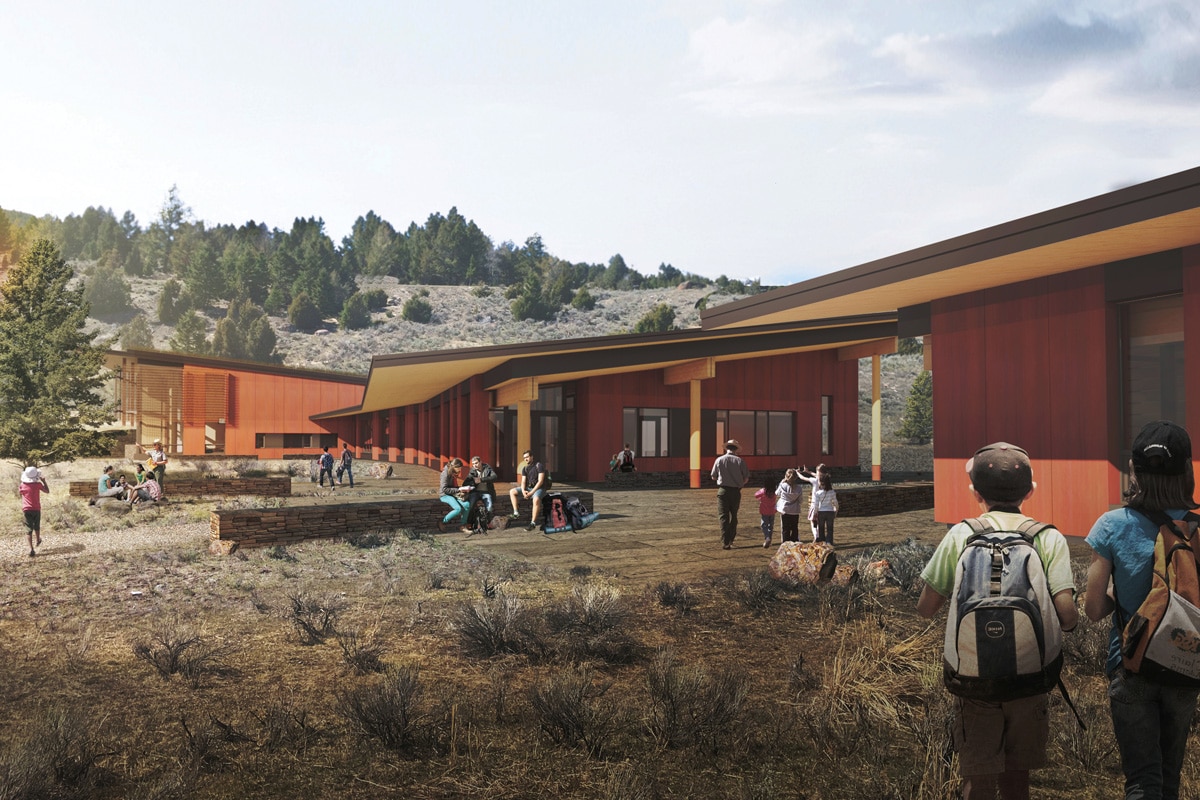
Yellowstone Commons. Rendering courtesy of Hennebery Eddy Architects
Winning a design competition in 2014 propelled Cok and team to design this campus of living buildings. From the very beginning, the park service and Hennebery Eddy approached this as a sustainable project. While the campus is still in the fundraising phase at the time of this writing, goals include targeting 115% net positive energy and designing to Passive House standards—especially important considering the region’s climate.
“They have very harsh winters and their power regularly goes out. We designed for winter resiliency with a hyper-insulated roof and wall,” Cok says.
The building utilizes hydronic radiant heat in the floor and heat recovery ventilators to recover some heat from the commercial kitchen exhaust. CorTen metal siding makes up the exterior, allowing for a rich color inspired by nearby Mammoth Hot Springs, and local FSC-certified wood siding will be used on the dorm.
“We’re exposing a lot of the interior wood timber and CLT construction throughout to keep the material palette really clean and natural,” Cok says. “Then we’re bringing natural daylight in and providing views out to the natural landscape.”
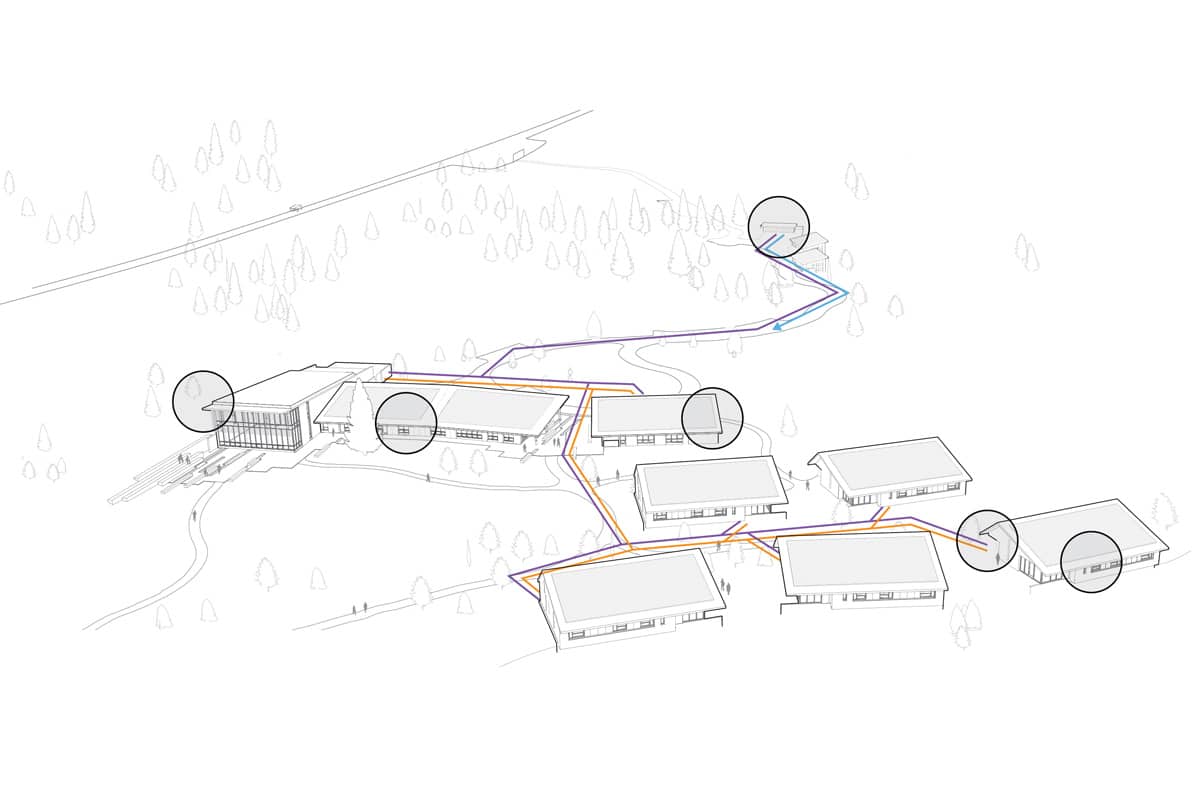
Drawing courtesy of Hennebery Eddy Architects
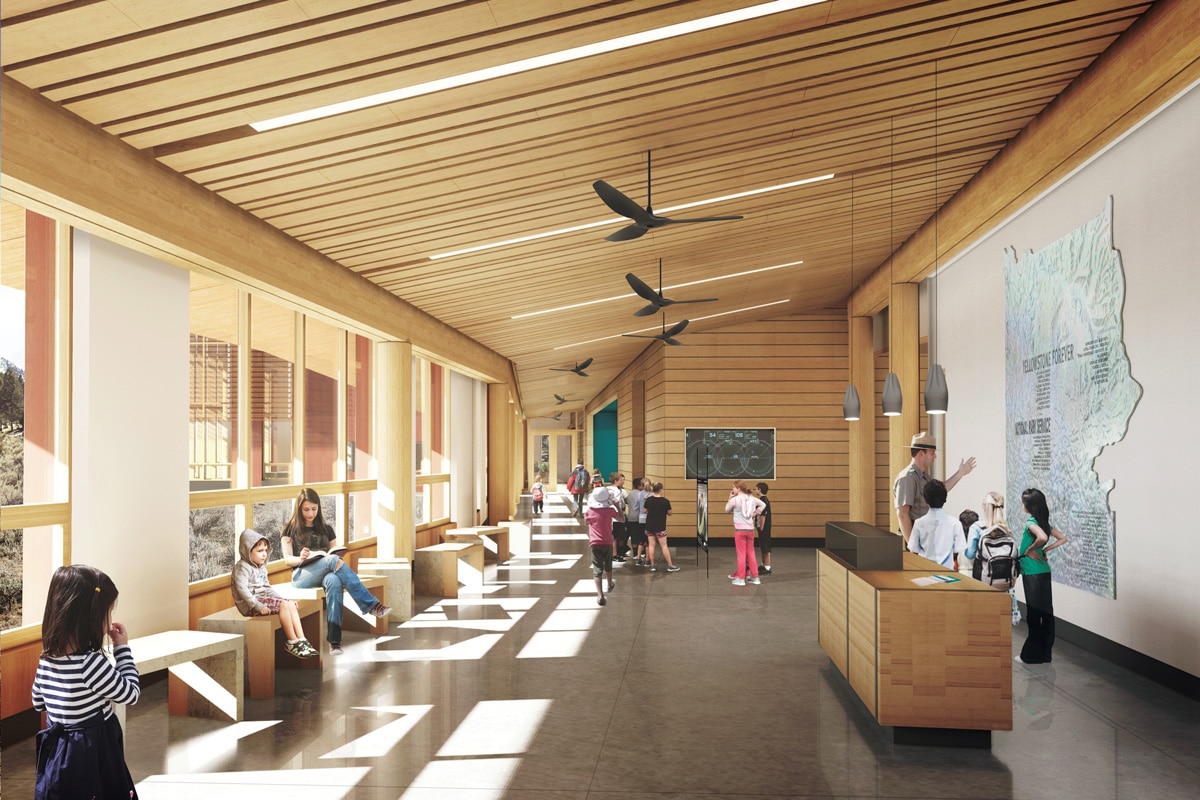
Rendering courtesy of Hennebery Eddy Architects
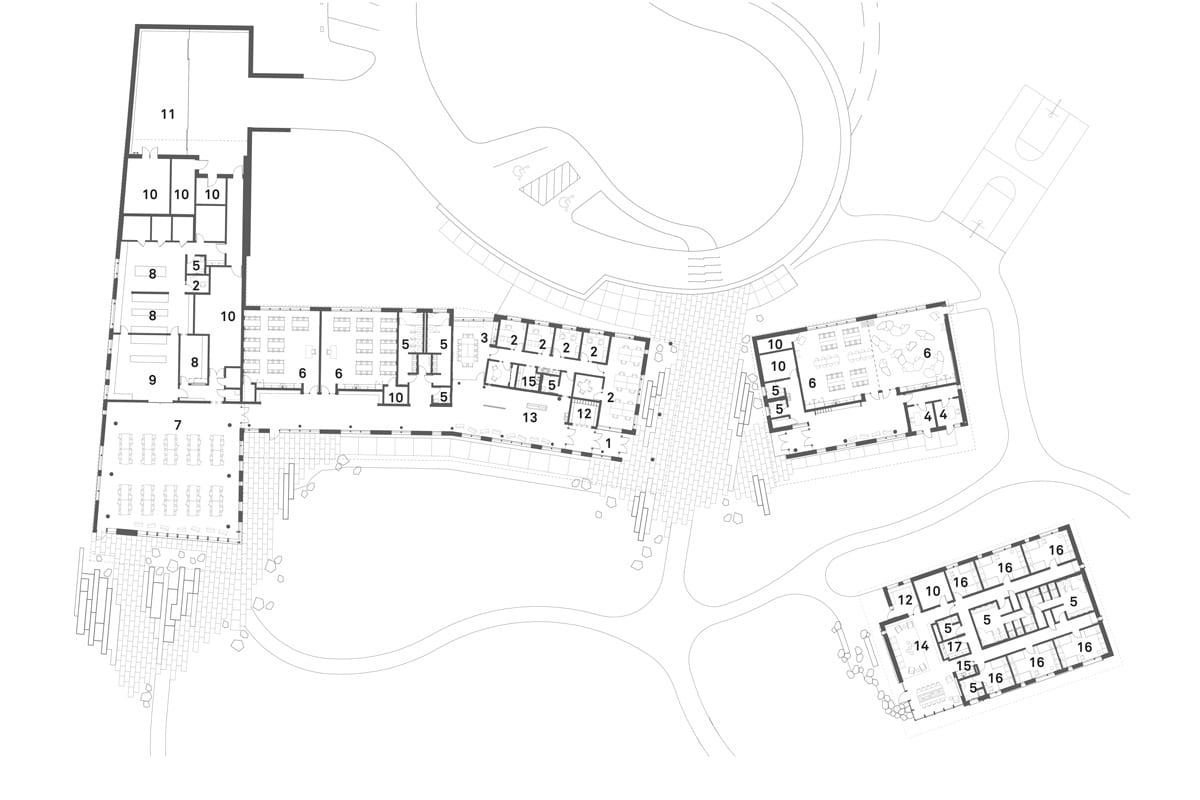
Drawing courtesy of Hennebery Eddy Architects
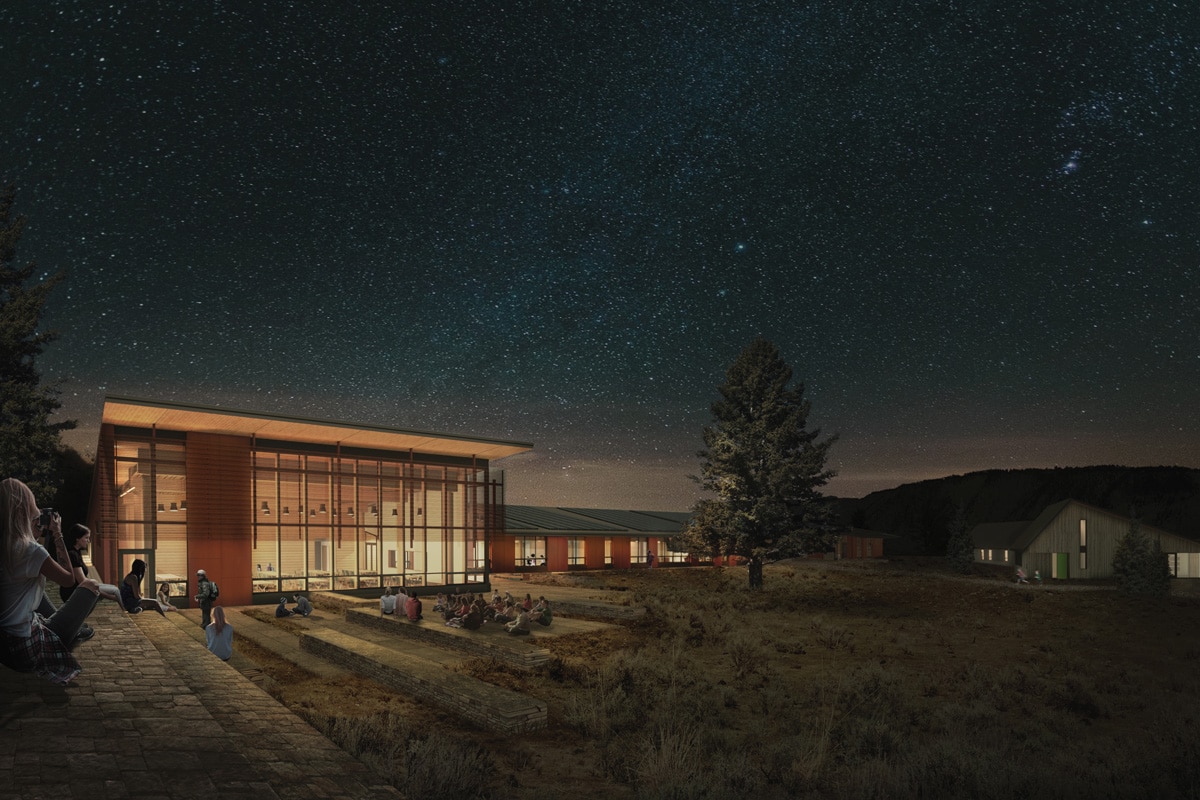
Rendering courtesy of Hennebery Eddy Architects
Project: Yellowstone National Park Youth Campus Location: Mammoth, WY Completed: Anticipated 2022 Size: 52,000 square feet Civil Engineer: Stahly Engineering & Associates Structural Engineer: Catena Consulting Engineers MEP Engineer: Interface Engineering Landscape Architect: Walker Macy Sustainable Design Consultants: Biohabitats, Brightworks

